9 Linux distros to watch in 2015
- Ngoc Huynh
A list of the most interesting Linux distros to keep up with in 2015.
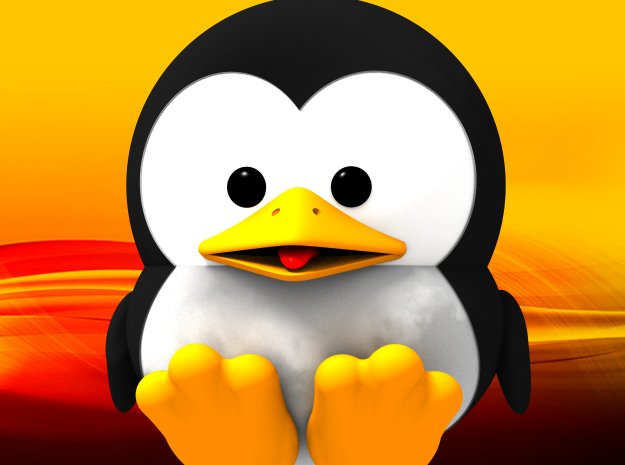
Looking ahead
Predictions are fun. We all enjoy tech predictions at the beginning of each year. This isn’t that. This is a list of the nine Linux Distributions that I feel will be the most interesting to watch during 2015. We’re talking both desktop and mobile here because, let’s face it, Linux is everywhere. (Note: I say these will be the most “interesting to watch,” not necessarily the best or the highest quality. Just the most interesting and entertaining to keep tabs on.)

Ubuntu Touch
It was first announced that phones powered by Ubuntu Touch were set to ship way back in 2013. Then again in 2014. It is now 2015 and it looks as though the wait may finally be over, with actual devices set to ship this February (in limited markets outside of North America). My very soul wants this to succeed like gangbusters…but my gut tells me this isn’t going to go well. Will 2015 end with Ubuntu Touch being anything other than a weird, orange blip on the radar? Who knows? But it promises to be rather exciting to watch.

Ubuntu
With the recent release of Ubuntu MATE (a community-built version of Ubuntu using MATE, a fork of the old GNOME 2, as the desktop environment) there is now a version of Ubuntu out there that looks and feels a lot like the pre-Unity days of Ubuntu (aka “what Ubuntu was like back when it catapulted to stardom and grabbed huge market share in the Linux world”). I’m not sure how this will actually impact Ubuntu proper (the Unity-powered version), but with yet another re-written version of Unity set to be released (along with a brand-new display server with Mir), having Ubuntu MATE around will serve to remind Ubuntu users where they came from. Which could prove very interesting.

elementary OS
 currently sits at the No. 9 spot on the Distrowatch list (up from No. 19 in 2013). While Distrowatch is not the best way to track actual numbers of users of any given Distro – heck, it’s not even the second best – this certainly shows the upward momentum of this little system with a focus on design. They’ve also been putting a heavy focus on developers and designers getting paid to work on elementary OS-related projects via Bountysource.com (an approach I find highly interesting).
currently sits at the No. 9 spot on the Distrowatch list (up from No. 19 in 2013). While Distrowatch is not the best way to track actual numbers of users of any given Distro – heck, it’s not even the second best – this certainly shows the upward momentum of this little system with a focus on design. They’ve also been putting a heavy focus on developers and designers getting paid to work on elementary OS-related projects via Bountysource.com (an approach I find highly interesting).
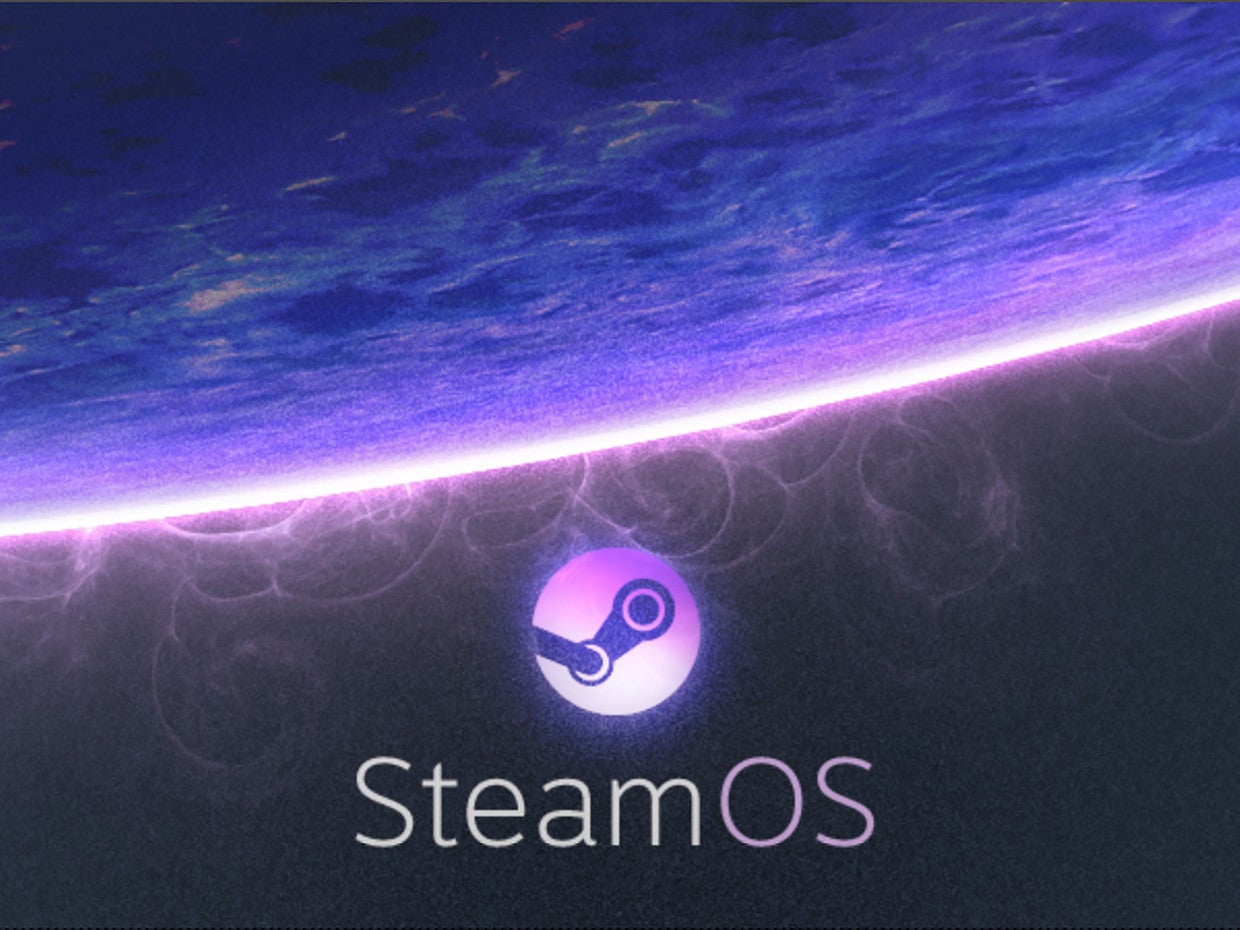
SteamOS
SteamOS was set to shake up the console gaming world in 2014. New boxes (“Steam Machines“) were set to ship from multiple vendors. We were talking high-end PCs running a version of Linux that hooked up to your TV and were filled with games from Valve (and other companies). It was going to be glorious. But, as with the Linux-powered Ubuntu Phones, it just never shipped. The failure to launch in 2014 (as planned) isn’t the end of the world, though – Valve (the company behind SteamOS) has a long and glorious track record of taking its sweet time in order to get its products just right. The current ETA is sometime in 2015.

ChromeOS
Chromebooks absolutely dominated laptop sales on Amazon for the second straight holiday season in a row. If there was any doubt that the Gentoo-based ChromeOS was here to stay, that doubt should now be completely erased. Add to that the growing list of Android applications that run on ChromeOS and the imagination can’t help but run a bit wild about what the future has in store for this system. Just speculating here, but imagine if Google made all Android apps available on ChromeOS via a full version of the Google Play App store. This system would be an even bigger force to be reckoned with.
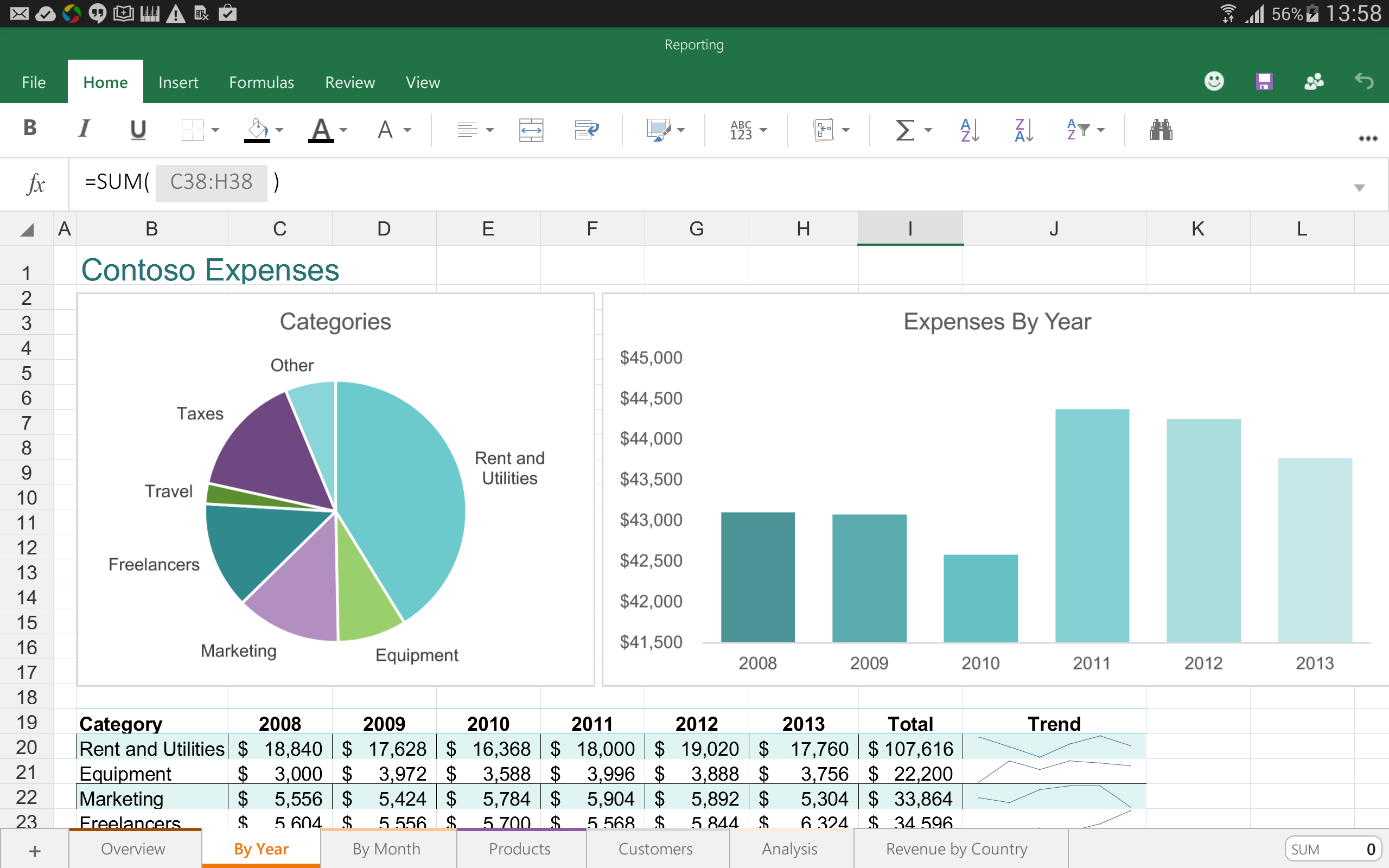
Android
Speaking of Android… did you realize that you can currently get Adobe Photoshop and Microsoft Office (in Beta) that run natively on Android? I’ve got an Android-powered laptop here running both, which means I’m running Photoshop and MS Office natively on my Linux-powered computer. Ever heard anyone say something like “I would use Linux… but I need Microsoft Office”? Well, it’s here. On Linux. Look out your window. Go ahead. Stand up, walk over to your window, and take a look out. Those pink things in the sky? Yeah. Those are pigs. And, boy howdy, are they flying.
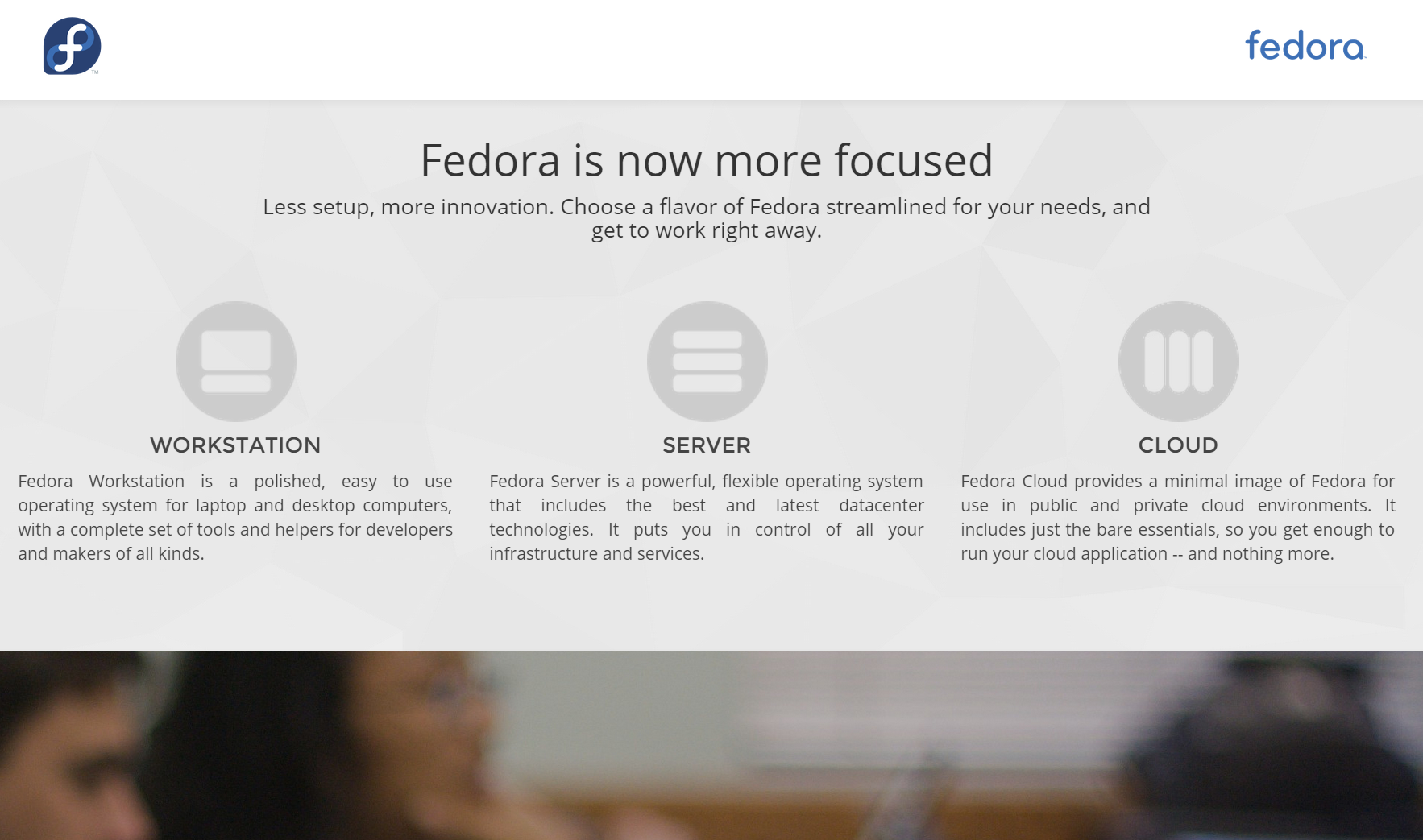
Fedora
I’ll be honest – usually, I’m not terribly interested in Fedora. For years I’ve struggled to find reasons to convince myself to install the latest versions (because it always ended up either being rather dull or half-broken). But the Fedora Project shook things up this past year with the Fedora Next initiative. The first result of which being that Fedora is now broken into three distinct versions: Workstation, Server, and Cloud. And you know what? The first iteration of “Fedora Workstation” is actually quite nice. What will be truly interesting is where the Fedora team will go from here. 2015 could be rather interesting for these chaps.
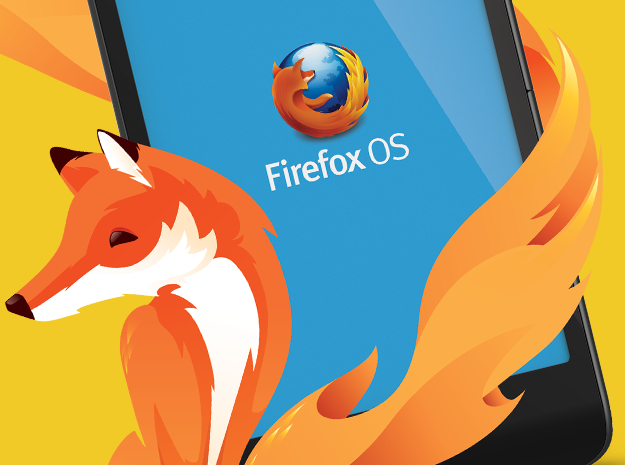
Sailfish and Firefox
Ubuntu Touch may have a hard time shipping, but there are two Linux-based systems that have been shipping on actual hardware all throughout 2014 – Sailfish OS and Firefox OS, two (very different) systems that are moving mobile Linux forward. What will be fascinating is how these two systems strive to gain market share in 2015, with the possibly soon-to-be-released, Ubuntu-powered phones along with the continuing dominance of Android in the market.
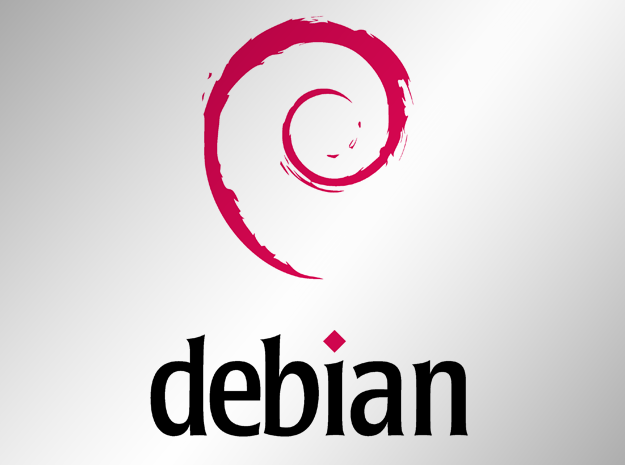
Debian and Devuan
Debian has been around for 21 years now. But the controversy over systemd has caused a group of Debian users to fork and create a systemd-free version that they now call “Devuan.” Disagreements and controversy around systemd don’t show any signs of ending soon, making Debian and Devuan an interesting set of projects to watch, even if just for the reality TV-style entertainment of it all.
Source : http://www.itworld.com/
